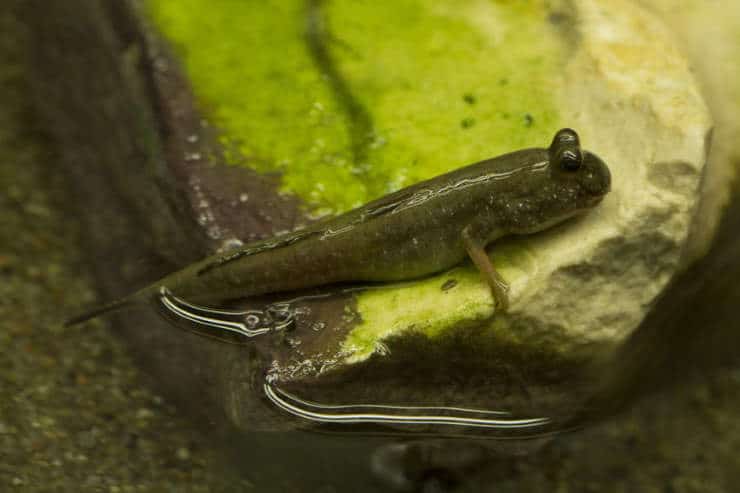Evolution, in a literal sense, means change. Anything can change and thus evolve, right? One of the first videos on Youtube was “Evolution of dance,” and since then, youtube has evolved itself a lot. Pokemon evolve, our personality can evolve, apes and monkeys can evolve, and even viruses evolve, too.
At the same time, usually, when someone refers to evolution, they mean the biological one.

In simple layman’s terms, biological evolution is a process in which organisms change as millions of years pass by. It happens because children slightly differ from their parents. That is true for each consecutive generation. Each next one is slightly different from the previous one, yet the changes are undetectable by a naked eye. Only after at least hundreds of generations you may look back at the first one and say: “Hey, look how you’ve changed!”
Evolution is the change in population over time
There are two very crucial points:
- Populations change, but not individuals. If a fish grew legs one day, its offspring would not have legs. Traits that living things acquire during their lifetime are not passed into the next generation. If I lose a leg (or grow one), my wife would still give birth to children with two legs. It is a common misconception about evolution thinking that individuals can evolve.
- Evolution happens over a long time. It takes millions of years for a fish to grow legs. It happens through gradual changes in the form and function of fins from each generation to next.
Reproduction is essentially the copying of organisms. My children are a copy of a blended version of my wife and me. How sexual reproduction allows the blending of traits is another story. To keep things simple, let’s take a look at how asexual organisms reproduce. They periodically spawn exact copies of themselves.
Well, are they really exact copies? They aren’t. Reproduction is imperfect copying, as it involves mistakes.
Reproduction is like copying, but with tiny blunders
When an artist reproduces a work, he is copying it as well as he can. However, small details, hidden from a careless observer, will be different. If some other artist would then create a reproduction of this new piece (without seeing the original), even more details would be off. Yet, the whole picture will still look the same.
Meanwhile, if you repeat this process a hundred, million, or billion times, the resulting image may be very different.
This, in essence, describes the reproduction of organisms as well. Any life, be it human, mosquito, plant, or bacteria, must copy its genetic information, the DNA, each time it reproduces.
For this purpose, our bodies contain machinery that copies our DNA, reads it letter by letter and assembles a copy. No surprise, such a process results in some mistakes in random locations. In fact, with each generation, human DNA receives approximately 100 misspells.
That isn’t a lot if you consider that human DNA is more than three billion nucleotides (letters) long, but that amount of mistakes is just in one generation. Evolution occurs on a time scale that is unimaginable to the human mind. For example, around six million years have passed, since we diverged from chimps. The number seems enormous to me. Yet, even at this time, our DNAs are only 4% different. Six million years is a blink for evolution.
Copying with mistakes leads to changes over time
The mentioned mistakes are called mutations. Though the word has a negative connotation, mutations do happen naturally and are the core reason why evolution can occur. If you take a clear look, anything that repeatedly replicates changes over time. That is logically destined to happen. Imperfect copying over and over leads to change over time.
We tell and retell stories and, sure, they change over time. I also mentioned the evolution of dance in the beginning. Dance evolves, partially, because we come up with new dance moves all the time. However, it also does as people copy each other’s moves, too. Some of us are better at copying, some of us not so much. The good ones get copied over and over, while the bad ones — forgotten.
This leads us to one crucial mechanism, how a seemingly random process of evolution takes a direction. It is called natural selection.